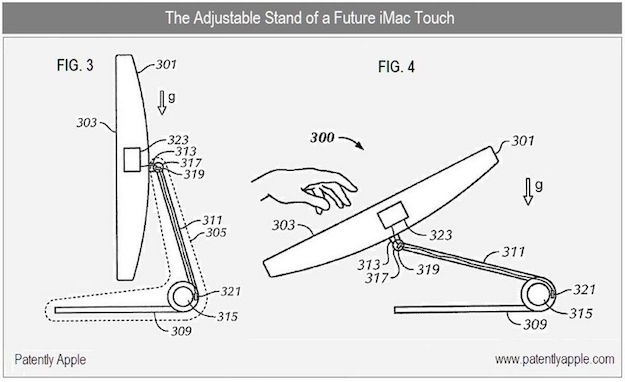In what’s become something of an unofficial tradition, Apple’s latest product introduction was not met with applause, but rather with an incessant onslaught of criticism. I’m talking of course about Apple’s new Touch Bar equipped MacBook Pro which helped kick-start a firestorm of controversy surrounding company’s overall concern for bonafide pro users like developers and creatives.
While we’ve already covered a number of technical criticisms regarding Apple’s new MacBook Pro, from a 16GB ceiling on RAM to a lack of even one USB-A port, a related narrative emerging in the wake of the MacBook Pro introduction is that Apple has lost its ability to innovate. With many quick to proclaim the Touch Bar as nothing more than a gimmick, many were just as quick to claim that Apple could learn a lot from Microsoft and its recently unveiled Surface Studio.
DON’T MISS: Best Buy just released a brand new Black Friday ad: Here’s what changed
Apple is a company that releases consumer electronics for the masses, and yet curiously, the company is being criticized for not taking a design cue from Microsoft and releasing a $3,000 desktop/tablet hybrid that is unquestionably a niche product targeted for a subset of creative professionals, itself a niche group.
What people often fail to realize is that just because Apple doesn’t release a particular product, doesn’t at all mean that the company is willfully ignorant of the changing tides in tech. As a specific example, Apple spent years researching the idea of releasing an HDTV before ultimately abandoning the idea for a variety of reasons.
That said, and responding to some of the backlash surrounding the MacBook Pro, Apple executive Phil Schiller told Steven Levy that Apple actually spent a good deal of time researching the notion of a touchscreen Mac. Indeed, many pundits seem to want Apple to release a touchscreen Mac just because it’s different, not necessarily because it would result in a vastly superior user experience.
Touching on this point, Schiller said that releasing a 27-inch iMac with a multitouch display would result in an absurd user experience.
Writing for Medium’s Backchannel, Levy summarizes portions of his conversation with Schiller on the matter:
He also explains that such a move would mean totally redesigning the menu bar for fingers, in a way that would ruin the experience for those using pointer devices like the touch or mouse. “You can’t optimize for both,” he says. “It’s the lowest common denominator thinking.”
Apple came to this conclusion by testing if touch screens made sense on the Mac. “Our instincts were that it didn’t, but, what the heck, we could be wrong—so our teams worked on that for a number of times over the years,” says Schiller. “We’ve absolutely come away with the belief that it isn’t the right thing to do. Our instincts were correct.”
In fact, just a few weeks ago we highlighted how Apple a few years ago even filed a few patents for a touchscreen iMac, as evidenced by the photos below.

Notably, this isn’t the first time Schiller has talked about Apple’s research efforts into a touchscreen iMac. Just two weeks ago, Schiller said that Apple spent a lot of time exploring such a product before ultimately deciding against it.
“You can’t turn iOS into a Mac,” Schiller said in an interview with CNET last month. “So each one is best at what they’re meant to be — and we take what makes sense to add from each, but without fundamentally changing them so they’re compromised.”
Apple CEO Tim Cook has also been outspoken about the reduced utility of a touchscreen iMac.
“We feel strongly that customers are not really looking for a converged Mac and iPad,” Cook said last year “Because what that would wind up doing, or what we’re worried would happen, is that neither experience would be as good as the customer wants. So we want to make the best tablet in the world and the best Mac in the world. And putting those two together would not achieve either. You’d begin to compromise in different ways.”








